Within businesses and organisations, there is a major need for governance and strategies in order to successfully engage in open source software projects. The LIM-IT research project at the University of Skövde, led by Björn Lundell, has now presented seven guidelines that explain how an organisation can work with software projects that provide open source software (OSS).

Many people are interested in engaging in projects providing open source software, but ensuring a successful OSS project is far from simple. Björn Lundell, who is a Professor of Computer Science, hopes that the seven guidelines that have been developed will create better conditions for businesses and organisations working with OSS projects.
- The guidelines are recommendations that contribute to increased digital and data sovereignty, and they will make life easier for organisations that have identified a need to reinforce their strategic commitments with the innovation that takes place externally in many software projects. This is unique knowledge that we, after many years of stimulating collaborative research with several different partners, have developed at the University of Skövde, explains Björn Lundell.
More than just open source software
The guidelines are aimed at those who work with software development, but the results are also of value for those who work with procurement challenges. They describe what those involved should consider and apply in order for their OSS project to be successful. One of the companies that has been involved in the LIM-IT project is PrimeKey Solutions, which develops open source products in the field of cybersecurity.
- One of the guidelines concerns adopting a broader perspective of thought, and not merely using open source software that has already been developed. By actively investing your own resources when contributing to a software project that provides open source software, opportunities are presented to influence the desired direction the development will take, which in the long run makes your own work easier, says Tomas Gustavsson from PrimeKey Solutions.
Fix the development yourself
There are no requirements for an OSS project to resolve bugs or create the functionality a specific company would like. Another of the seven guidelines is to therefore perform the necessary updates yourself, which can then be delivered to the externally managed OSS project, thereby ensuring that, in the long term, it will benefit both the company and any other stakeholders. This is something that Anders Mattsson from Husqvarna has experienced first-hand.
- Many of Husqvarna’s products are updated via the internet. For this, we use a data communication protocol that is implemented in the open source software Wakaama. The protocol has been regularly updated, but Wakaama has fallen behind. Instead of waiting for the updates from Wakaama, we at Husqvarna have made all the necessary additions, which we have now delivered to the Wakaama project, says Anders Mattsson.
Desire to continue to develop the guidelines
The guidelines were gradually developed in accordance with the results of research conducted at the University of Skövde, together with analyses of the results of other research. They have a practical grounding, and great importance has been given to ensuring that they are easy to understand and implement in different organisations.
- Several of our collaborating companies report that the guidelines have made a very valuable contribution, and they have incorporated them into their own processes. By means of continued collaboration, we will be able to further develop the guidelines in new projects, concludes Björn Lundell.
Read the latest article, where all seven of the guidelines are explained in detail: https://doi.org/10.1109/MS.2021.3059036
